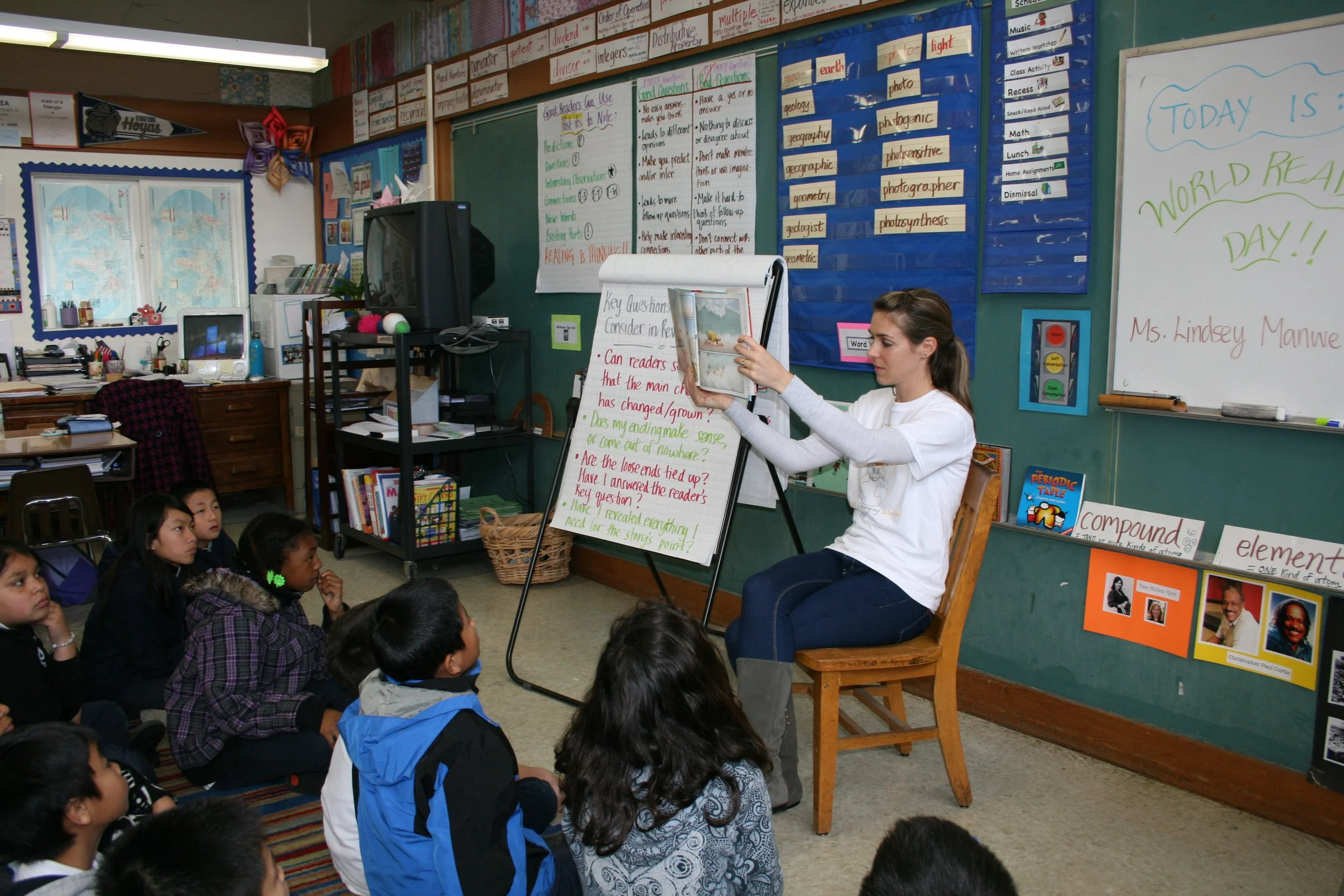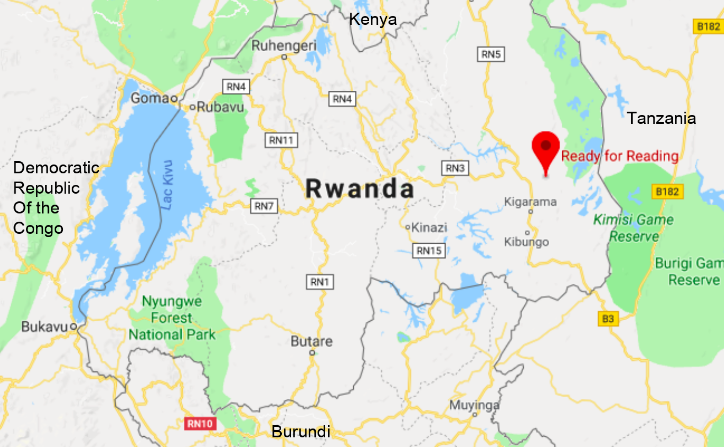Our Storytelling & Advocacy Coordinator had the opportunity to speak with Dr. Jocelyn Lehrer, founder of the Men's Story Project, about her fascinating work and the power of stories to empower individuals and create positive change in communities.
When Jocelyn Lehrer organized the first live Men’s Story Project production in the summer of 2008 in Berkeley, CA, she wasn’t sure what to expect. “As we were planning it, some people asked us, ‘Why do we need a project about men’s stories? All of history is about men.’ The answer is straightforward: to dismantle patriarchal norms and structures, men have to take a public stand for healthy masculinities, gender equality and social justice—and an important part of that is sharing their own stories that are less often heard,” Lehrer said.
“That first night,” Lehrer continued, “sixteen men stood on a public stage and shared deeply personal stories that challenged and explored notions of masculinity through the lens of their own life experience. The place was packed - standing room only and people sitting on the floor - and the storytellers received a long, loud standing ovation. Afterward, many audience members told me, ‘This is revolutionary and healing, and needs to happen all over the planet.’ The audience and presenter feedback showed me we were on to something, and I brought the MSP into my postdoctoral research fellowship at the University of California-San Francisco Center for AIDS Prevention Studies, to do an evaluation study of it and further develop the project.”
Lehrer emphasized that the need for initiatives to help dismantle harmful notions of manhood is great. “Social ideas about masculinity are like the elephant in the room that people don't even see. It is still uncommon to see critical public dialogue on how boys and men are socialized to be ‘men.’ The goal of the Men’s Story Project is to help shift social notions of masculinity around the world so they’re supportive of health and justice for all people. This will help prevent many forms of pain and suffering, including men’s violence against women, violence between men, homophobia, transphobia, HIV/AIDS, structural gender inequality, etc. The topic of male gender norms is a public health and social justice issue, and there’s an urgent need to work on it. ”
“Men and boys must be part of creating a more equitable world—their participation is essential to dismantling inequitable, oppressive systems.”
Since that first night in 2008, there have been 17 live MSP presentations and two films in the US and Chile, and several productions are in progress in the US, UK, Canada and South Africa. “Groups and organizations anywhere in the world are invited to create their own MSP productions,” explained Lehrer, “and the Men’s Story Project provides tools and training to help them do so.”
“It starts with an open call for submissions in a community, or by working with a pre-existing group of men (e.g., a fatherhood group). On college campuses, production teams hold a launch event to generate interest, and have one-on-one conversations with prospective storytellers who want to know more about the project. Once the group of presenters is formed, the presenters go through a 6-8 week group process to hone their stories and discuss the topics addressed in their pieces. They learn together and build community.”
The MSP intentionally creates platforms for diverse men to share their stories. As an example, Lehrer notes: “In Chile, there was a radical coming-together of men of diverse walks of life. Some were celebrities, some were community leaders, some had never spoken publicly, some had aspects of their lives or identities that were marginalized or stigmatized in society. Some had more power and social privilege than others, but they all took a public stand in solidarity together - literally shoulder-to-shoulder - for healthy masculinities and social justice in Chile.”
At each live event, the presenters’ story-sharing is followed by a facilitated audience-presenter dialogue, where audience members can ask questions and share their own reflections. Lehrer noted, “Audience members have told us how they brought the discussion to people in their social networks after seeing it. The experience inspires people to discuss what they’ve seen and heard with their friends, family members, colleagues, mentees, guys in their dorms, etc.”
The live events are also accompanied by a staffed resource fair where people can connect with personal support and activism opportunities. Once the live events have taken place, Lehrer helps the production team think about how they can keep the community going, in the form of a Men’s Story Project Collective, integration with other existing initiatives, or other ongoing group for learning, activism, and social connection.
“I’d like for the Men’s Story Project to spread widely around the world,” said Lehrer, “I’d like for the MSP to help make it normal for men and boys to critically look at and discuss gender norms in their social contexts – and, if they find things that are problematic, work to change them. I’d like to make it normal for boys and men to take a stand in helping create social justice and equity. I’d like to see celebrities and other opinion leaders get involved.”
Lehrer attributes the success of the project to its grassroots focus. “A strength of the project is that it’s locally-created and locally-relevant, so it speaks to the local issues and needs in a community. Local directors are encouraged to ask: ‘What are the key issues at the nexus of male norms, health, and social justice in this community? What topics need to be addressed, and whose stories and voices do we want to help amplify?’”
With regard to story-coaching, Lehrer notes: “It’s important for the audience to hear about how people have gone from A to B – not just that they did it. It’s important to hear how and why someone embarked on a journey of change, how and why someone intervened to stop harmful behavior, etc. It’s also important for people to see men overtly take responsibility for their harmful actions, regardless of the gender norms they grew up with.”
Lehrer emphasized the accessibility of the project. Any group can create an MSP production, and she is also happy to support groups interested in creating public story-sharing productions with people of all genders. MSP training resources, training and consultation are readily available. One can learn more at www.mensstoryproject.org. Lehrer and the MSP can be contacted directly at jlehrer@mensstoryproject.org, or on Twitter at @mensstoryproj and @josielehrer.
Dr. Jocelyn Lehrer
Jocelyn Lehrer, ScD is the Founder/Director of the Men’s Story Project and affiliated Senior Research Associate at the University of California-San Francisco Bixby Center for Global Reproductive Health. Lehrer’s work focuses on the prevention of gender-based violence (GBV) and HIV/AIDS, and the promotion of healthy masculinities and gender equality. Her first-authored research has been published in leading journals including Pediatrics, Archives of Sexual Behavior and Journal of Adolescent Health. Her applied work includes serving as a Senior Gender Advisor at the USAID Office of HIV/AIDS; working to integrate GBV and HIV response in Guyana; leading HIV/GBV monitoring and evaluation projects in East Africa, and facilitating support groups for women and LGBT youth who are living with HIV/AIDS. Lehrer has consulted with organizations including San Francisco Women Against Rape and World Vision International. Her awards include the UCSF Chancellor’s Award for Public Service, and her work has been highlighted in media including CNN and Forbes.com. Lehrer holds a doctoral degree from the Harvard School of Public Health. She is Chilean-American and a native Spanish speaker.




































